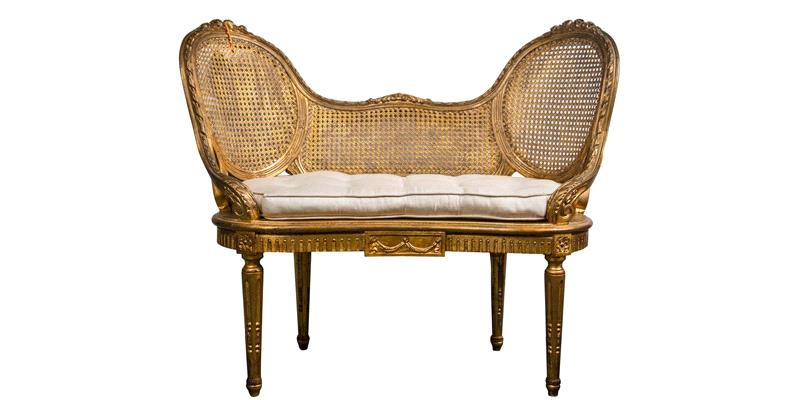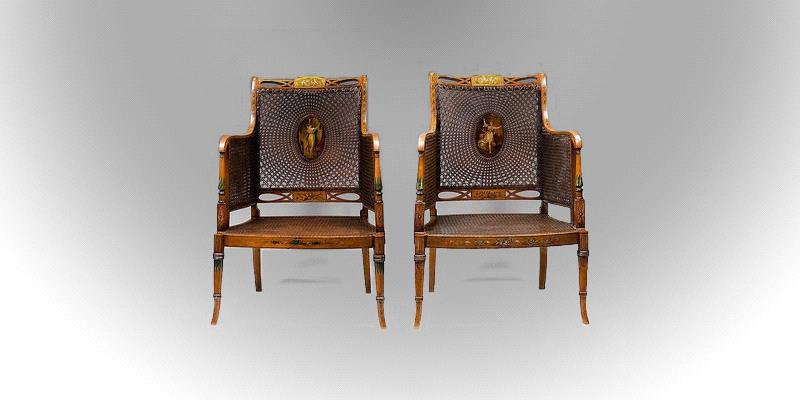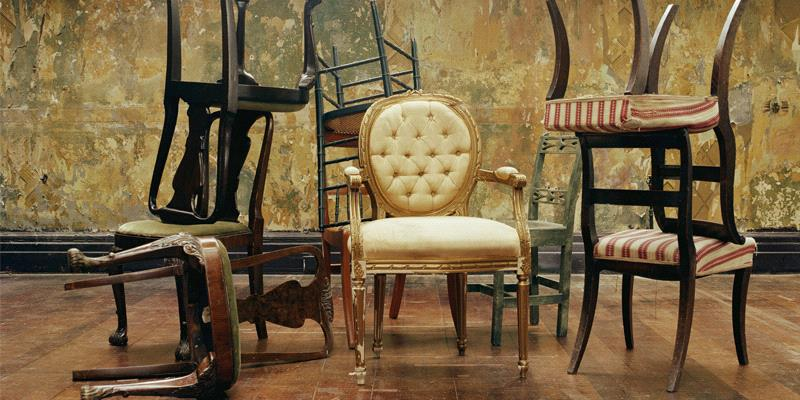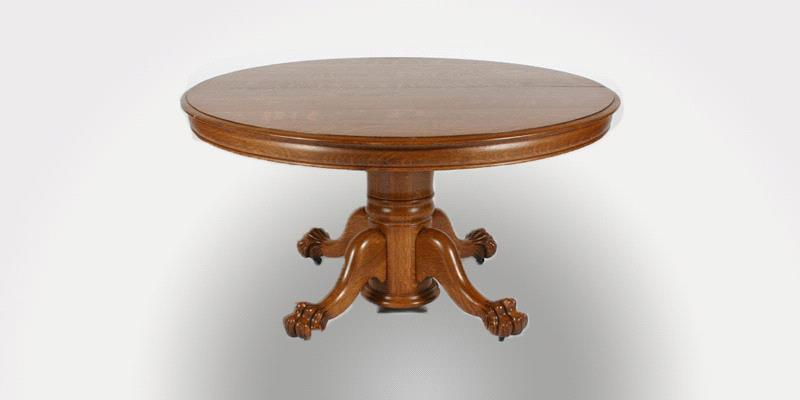How to Identify Antique Furniture Chair Styles
- Posted on 13th October 2017
- in Antique Chair, Antique Furniture, Modern Furniture, Modern Furniture & Sculptures
- by Alan
If you’re in the market for antique furniture, you want to make certain that the chairs and other pieces you’re purchasing are true antiques and not knockoffs that you’re being charged too much for. That’s why it’s important that you know how to identify the various styles of antique chairs. By knowing what to look for, you’ll be better able to tell if what you’re purchasing is a true antique or not. You’ll also be able to identify any chairs you own so you can tell if they’re truly valuable or simply sentimental pieces.

Identify the Period
One of the first steps in antique furniture appraisal is to identify the period from which the furniture comes. To do this yourself, you’ll need to do an internet search for an antique style guide. You can then look at the shape of your chair and compare it to those listed. When you think you know what period your chair is from, you can do an image search to compare pictures to what you have.

This may be more difficult if your chair has had new reupholstered or refinished, but remember that you’re looking at the overall shape and outline of the piece, not necessarily the materials or colors used.
Study the Wood

Another method useful for identifying antique furniture is to look at the wood it’s made out of. Many antique chairs use oak, bird’s eye maple, elm, walnut, ash, cherry, and rosewood. However, they were also often combined with imported woods such as African mahogany. Some designers mixed domestic woods, such as those who build Windsor chairs during the 1700s and early 1800s. Again, if you’re uncertain how to identify the different woods, you can look up guides online or visit your local library. Woodworking experts can also assist you.
Look for the Clues to the Designer

Many who designed antique furniture chairs had their own signature features that they used in almost all of their pieces. Thomas Sheraton, for example, often made use of straight legs in his pieces. Each leg was fairly slim and had an overall round shape to it. He carefully looked at the proportions, too, so that all of his chairs had a certain graceful look to them. You can study each of the major antique chair designers to learn more about their styles or do a search for specific features of your chair.
The Legs and Feet

In fact, the legs and feet of your chair can tell you a lot about the particular style and its designer. Queen Anne style chairs, for example, generally have legs curved in an S shape, while Colonial pieces have a more simplistic curve to them. Some styles used straight legs, while others may have had legs that tapered towards the bottom.
The feet are also important. Some styles used pointed feet, while others had claw feet or ball feet. Check the number of toes on any chair with feet—that’s a good way of determining or at least eliminating some styles.
By identifying the different features listed here, you should be able to narrow down the style of your antique chair to one or, at worst, a short list that you can then further explore.
